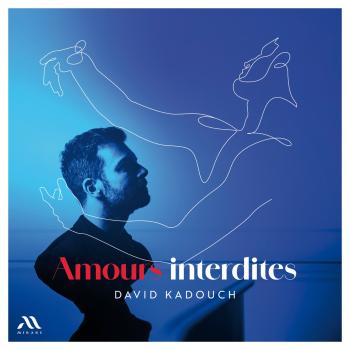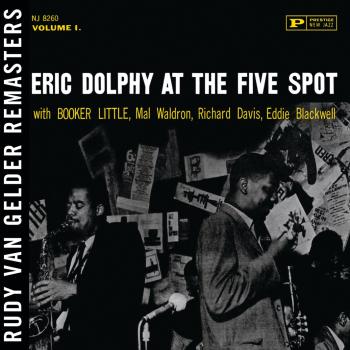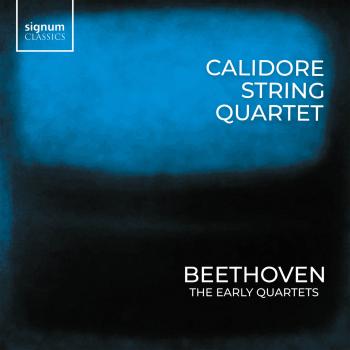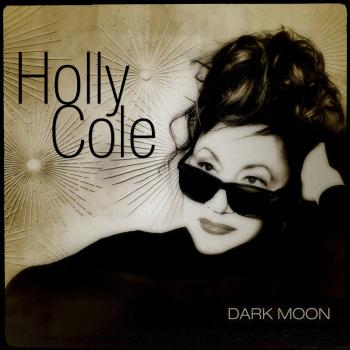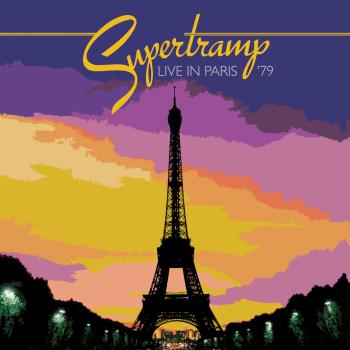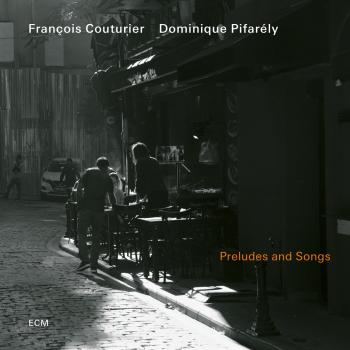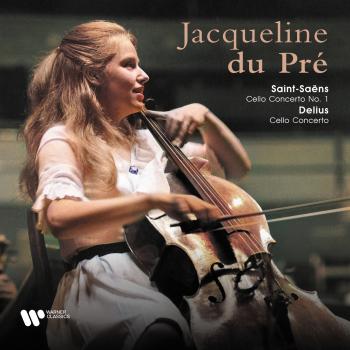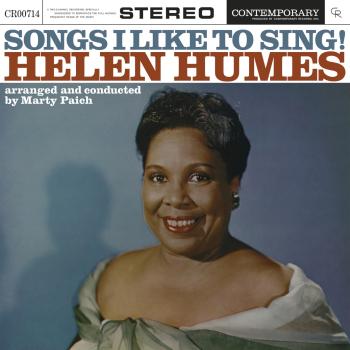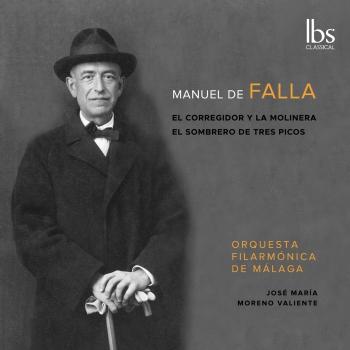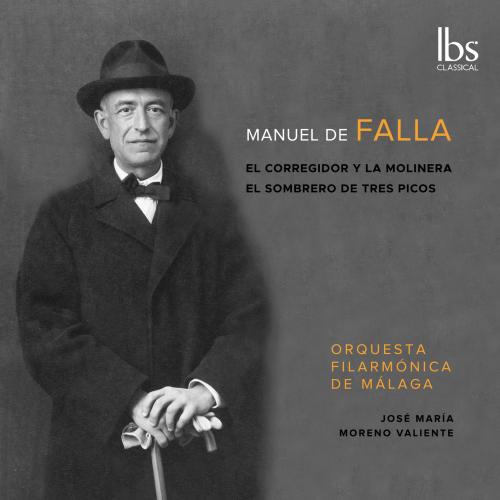
Falla: Corregidor & Sombrero Orquesta Filarmónica de Málaga & José María Moreno Valiente
Album info
Album-Release:
2023
HRA-Release:
06.06.2023
Label: IBS Classical
Genre: Classical
Subgenre: Orchestral
Artist: Orquesta Filarmónica de Málaga & José María Moreno Valiente
Composer: Manuel de Falla (1876-1946)
Album including Album cover Booklet (PDF)
- Manuel de Falla (1876 - 1946): Tableau I:
- 1 Falla: Tableau I: El mirlo (The Blackbird) 02:05
- 2 Falla: Tableau I: Los celos (Jealousy) 00:49
- 3 Falla: Tableau I: El cortejo (The Procession) 02:55
- 4 Falla: Tableau I: El fandango Danza de la molinera 02:31
- 5 Falla: Tableau I: El Corregidor (The Corregidor) 01:16
- 6 Falla: Tableau I: Las uvas (The Raisins) 03:07
- 7 Falla: Tableau I: Fandango - Finale 00:27
- Tableau II:
- 8 Falla: Tableau II: La cena (The Dinner) Seguidillas 03:04
- 9 Falla: Tableau II: La espera galante (Sweet Expectations) 02:29
- 10 Falla: Tableau II: Los alguaciles (The Alguazils) 02:21
- 11 Falla: Tableau II: La copla del cuco (The Song of the Cuckoo) 05:01
- 12 Falla: Tableau II: El chapuzon (The Plunge) 01:31
- 13 Falla: Tableau II: El asalto (The Assault) 02:00
- 14 Falla: Tableau II: El alguacil (The Alguazil) 03:52
- 15 Falla: Tableau II: El Molinero (The Miller) 02:41
- 16 Falla: Tableau II: Tambien la Corregidora es guapa (The Corregidor's wife is pretty too) 01:13
- 17 Falla: Tableau II: El Corregidor (The Corregidor) 01:35
- 18 Falla: Tableau II: La pelea final (The Final Battle) 00:33
- Introduction:
- 19 Falla: Introduction 01:34
- Part I:
- 20 Falla: Part I: La tarde (Afternoon) 05:35
- 21 Falla: Part I: Danza de la molinera (Fandango) (Dance of the Miller'sWife) 03:29
- 22 Falla: Part I: Las uvas (The Grapes) 04:13
- Part II:
- 23 Falla: Part II: Danza de los vecinos (Seguidillas) (The Neighbour's Dance) 03:24
- 24 Falla: Part II: Danza del molinero (Farruca) (Miller's Dance) 07:24
- 25 Falla: Part II: Danza del corregidor (Corregidor's Dance) 06:44
- 26 Falla: Part II: Danza final (Jota) (Final Dance) 06:03
Info for Falla: Corregidor & Sombrero
Manuel de Falla is generally acknowledged as theleading figure in Spanish music of the twentieth century.
Born in 1876 in Cadiz, as a boy he aspired to be a writerbut by the mid-1890s had decided to concentrate onmusic. To this end he studied in Madrid, his first worksbeing for the piano. Between 1900 and 1904, to earn aliving, he wrote six zarzuelas, the light operas popular inSpain. These were financially unrewarding but inMadrid he came under the influence of Felipe Pedrell(1841-1922), the great Catalan musicologist andcomposer. Pedrell inspired his students, among themAlbeniz and Granados, to appreciate the historictraditions of Spanish music, with emphasis on folkmusic,and their relevance to contemporarycomposition.
In 1905 Falla won first prize with La vida breve(Life is Short) in a competition for Spanish operaawarded by the Royal Academy of Fine Arts of SanFernando, but as no public performance for the workwas offered in Spain, he decided to seek better prospectsin Paris. There he met various leading composers of theera, including Albeniz, Debussy, Dukas, Ravel, andStravinsky. Several of his piano works and songs wereperformed, and La vida breve was eventually producedat the Casino Municipal in Nice in 1913, and repeated atthe Opera-Comique in Paris the following year.
At the outbreak of World War I Falla returned toSpain, where he was winning a reputation. La vida brevewas performed on 14th November 1914 at the Teatro dela Zarzuela in Madrid, and Siete canciones popularesespanolas (Seven Spanish Folk-songs) a few weekslater, confirming his position as the foremostcontemporary Spanish composer. In April 1915, at theTeatro Lara in Madrid, came the premi?¿re of one of hisfinest masterpieces, the ballet with songs, El amor brujo(Love the Magician). This was followed by the firstperformance, in 1916, of Noches en los jardines deEspana (Nights in the Gardens of Spain), for piano andorchestra, and the success of another ballet, El sombrerode tres picos (The Three-Cornered Hat), first performedin Madrid in 1917.
In 1920 Falla moved to Granada. Here, with thepoet, Federico Garcia Lorca, he organized the famousCante jondo flamenco competition of 1922, an attempt,regrettably not repeated, to conserve and revive theancient art of Andalusian song. In Granada Fallacomposed El retablo de maese Pedro (Master Peter'sPuppet Show), an adaptation of various episodes fromCervantes's Don Quixote, Psyche, the Concerto forharpsichord or pianoforte, Soneto a Cordoba (for voiceand harp), and other works. His last completedcomposition was a set of four Homenajes (Homages) fororchestra, first performed in Buenos Aires in 1939,conducted by Falla himself. From 1927 until the end ofhis life, Falla worked on the cantata, Atlantida, amassively ambitious undertaking left unfinished buteventually completed by his eminent disciple, ErnestoHalffter (1905-1989), for its belated premi?¿re in 1961.
Following the Spanish Civil War (1936-1939), anddevastated by the tragic murder of his friend, Lorca,Falla left Spain in 1939 for Argentina. He died there in1946 a few days before his seventieth birthday. He hadsuffered from severe ill health for many years, limitinghis output. Yet, though not a prolific composer, hisworks are models of musical perfection in expressivecontent and technical mastery.
The one-act El amor brujo is the story of Candelas,a gypsy girl haunted by her dead lover, a ghost as jealousin death as he was in life. The attempts of her new suitor,Carmelo, to woo Candelas are frustrated by the ghost, sothat they are unable to seal their love with the kiss whichwould rid them of this power from beyond the grave.
The seductive Lucia is persuaded to act as a decoy andbeguile the spirit with her charms.
The ballet begins with a brilliant Introduction andScene 1 in which a dotted-note theme evokes theghost's jealous nature. This contrasts with the nocturnaland sinister atmosphere of the gypsy's home of In theCave 2, penetrated suddenly by a melody on the oboein Andalusian style. The Song of a Broken Heart 3 isheard, a lament with dance rhythms reminiscent offlamenco cante jondo. After a few moments of swirlingactivity, The Apparition 4, gives way to Dance ofTerror 5. The Magic Circle 6 offers momentaryserenity as Candelas draws a magic circle on the groundand prepares to exorcize the ghost just as Midnight 7sounds. The famous Ritual Fire Dance follows 8,driving away evil spirits with its percussive crossrhythms,vivid contrasts, and rich orchestral effects. Thedance ends with hammer-like blows, as if victory overthe disruptive force has been won. After an intermezzodesignated as Scene 9, with quasi-improvisatory solosfrom the oboe and flute, it seems the ghost has not yetbeen exorcized. Song of the Will-o'-the-Wisp 10 tellsthat love is elusive. The haunting spirit is still potent asPantomime 11 reiterates the ghost's theme from theIntroduction, but the mood changes into a restrainedtango in 7/8 time indicating that Lucia's charms aresucceeding and the influence of the jealous spirit isfading. Dance of the Game of Love 12 completes theprocess, with words directed at the evil spirit: I am thevoice of your destiny, I am the fire in which you burn, Iam the wind in which you sigh, I am the sea in which youare shipwrecked. The music begins reticently butmounts to a climax as bells ring out and Candelas andCarmelo can at last embrace in uninterrupted bliss. TheFinale, subtitled The Bells of Dawn 13, proclaims thereturn of happiness with a song and chiming of bellssymbolic of daybreak and the triumph of love.
El sombrero de tres picos depicts the follies ofeveryday life in the Andalusian town of Guadix in theearly nineteenth century. The Introduction 14, withdrums and trumpets immediately seizes attention, whilea distant song warns that a wife should bolt her door. InAfternoon 15, the curtain rises on a terrace in front of amill, a well, flower-pots, a blackbird in a cage, and abridge over the mill-race in the background. The uglymiller and his attractive wife are on stage. After someeffort the blackbird manages to whistle the correct timeof two o'clock. A passing dandy ogles the miller's wife,who flirtatiously returns his greeting. A processionapproaches with the Corregidor (wearing his threecorneredhat, the sign of his authority) accompanied byhis wife, the Corregidora, and moves on. The millerflirts with a girl carrying a pitcher.
Footsteps are heard approaching. It is none otherthan the Corregidor, limping and crooked. The miller'swife mocks his limp. The miller realises that theCorregidor has returned to woo his wife and, setting atrap, he hides behind a tree to allow his wife to show herrejection of the Corregidor's advances. During Dance ofthe Miller's Wife 16 she appears engrossed in dancingthe fandango. The Corregidor is accompanied by hisAlguacil, his police bodyguard, who incites themagistrate to woo her. The miller's wife makes a showof noticing the Corregidor and, dancing round him,teases him with a bunch of grapes. In The Grapes 17 theCorregidor clumsily attempts to kiss the wife, whoeludes him and he tumbles to the ground. The millerreturns armed with a stick, pretending that his mill isbeing robbed, and, with his wife's help, lifts up theCorregidor. The wife strokes the official with her apronwhile her husband makes him sniff the contents of ahuge bottle. The Corregidor, realising their deception,angrily departs. When the Alguacil comes back, themiller appears repentant and as the policeman leaves, thefandango is resumed.
Orquesta Filarmónica de Málaga
José María Moreno Valiente, conductor
Zur Info: wir bieten dieses Album in der nativen Abtastrate von 48 kHz, 24-Bit an. Die uns zur Verfügung gestellte 96 kHz-Version wurde hochgerechnet und bietet keinen hörbaren Mehrwert!
Jose Maria Moreno Valiente
Considered one of the most passionate, energetic and versatile Spanish conductors of his generation, he has recently been appointed Music and Artist Director of the Orquesta Filarmónica de Málaga (Spain) from the 2020-21 Season.
He has been frequently invited as guest conductor in several orchestras: Berliner Symphoniker, Brandemburger Symphoniker, Augsburger Philarmoniker (Germany), Karelian Philharmonic Orchestra (Russia), Sinfónica de Madrid, Sinfónica Nacional de Colombia, Orquesta de la Comunidad de Madrid, Oviedo Filarmonía, Sinfónica de Galicia, Orquestra do Norte (Portugal), Orquestra del Gran Teatre del Liceu, Sinfónica de Barcelona y Nacional de Cataluña, Sinfónica de Valencia, Orchestra Regionale Filarmonia Veneta (Italy), Pori Sinfonietta (Finland), Sinfónica de las Baleares, Joven Orquesta de la Comunidad de Madrid, etc.
He is also the Music Director of the Sinfónica de Quintana Roo (Mexico) and the Principal Guest Conductor of the Orquestra da Opera no Patrimonio (Portugal) and the Festival MúsicaMallorca.
He has worked with prestigious international soloists such as Ainhoa Arteta, Plácido Domingo, Roberto Alagna, Joan Pons, Carlos Álvarez, José Bros, Juan Jesús Rodríguez, Pacho Flores, Sergei Sichkov, Ryutaro Suzuki, Alejandro Bustamante, Fiorenza Cedolins, Stefania Bonfadelli, Marco Vinco, Manuel Lanza, Clara Mouriz, Vanesa Goikoetxea, Marzio Giosi, Alejandro Roy, Raquel Lojendio, Carmen Solís, Joel Montero, Stefano Palatchi, Hiroko Morita, Cristina Faus, Sandra Moon, María Luisa Corbacho, Stella Grigorian, Ruth Iniesta, Javier Franco, Olafur Sigurdarson, Julie Davies, Cristiana Oliveira, Junhee Kim, etc.
Born in Palma de Mallorca, José María Moreno undertook his initial studies of conducting in Spain, completing advanced studies at the Rimsky-Korsakov conservatory in St. Petersburg with maestro Mijail Kukushkin. José María Moreno owns the title of Superior Professor of Orchestral Conducting (Conservatory of Valencia). He also holds titles of Singing Professor (Liceo Conservatory, Barcelona) and Professor of Theory, Piano, Harmony, Counterpoint and Composition (Conservatory of Balearic Islands). In addition, he is licensed in Law from the Balearic Islands University.
He has conducted operas, zarzuelas, ballets and concerts in Spain, China, Canada, Russia, Mexico, Colombia, Germany, Finland, France, Italy and Portugal.
It should be highlighted his performances in the Beijin Forbidden City Music Hall, the Berliner Philarmonie, the Helsinki Music Center, the Teatro Real, the Liceu de Barcelona, the Colón de Bogotá or in the Teatro de la Zarzuela in Madrid. José María Moreno has also had the honour of conducting in the presence of the Pope John Paul II in Rome and also before the King and Queen of Spain.
Public and critics have highlighted the success of his leadership of the Teatre Principal of Palma de Mallorca, scheduling seasons of Opera, spanish Operetta, Ballet and Theatre as Artistic and Musical Director from the 2012 to the 2015 with titles such as Carmen, La Bohème, Trovatore, Turandot, Aida, Otello, Tosca, Eugene Onegin, Il Barbiere di Siviglia, Rigoletto, Die Zauberflöte, the Barberillo de Lavapies, Doña Francisquita, Luisa Fernanda, Nutcracker, Romeo and Juliet, Don Quixote, etc.
Under the guidance of Maestro Pedro Valencia, he is a pioneer in introducing techniques of Hun Yuan Tai Chi Chuan applied to the art of conducting.
For several years he has been Professor of Improvisation, Conducting Technique, Choir and Musical Analysis at the Superior Conservatory of the Balearic Islands.
Booklet for Falla: Corregidor & Sombrero

